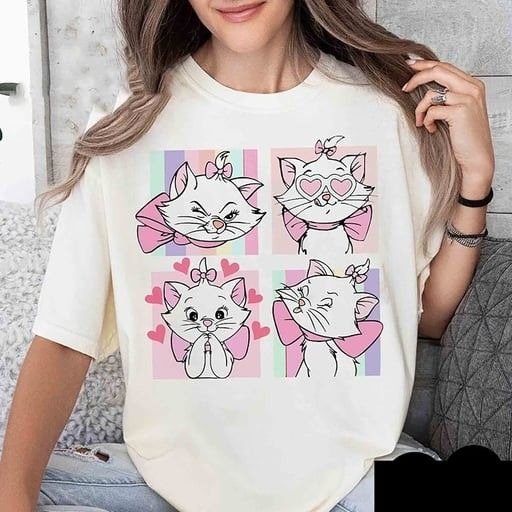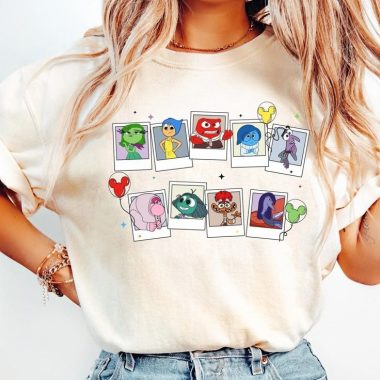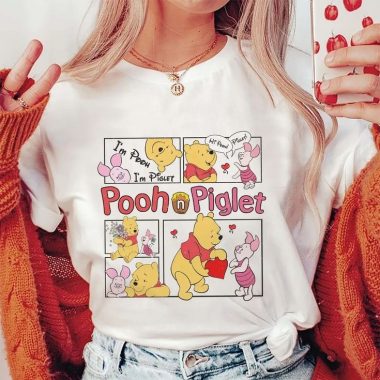Introduction
Fashion functions as a vibrant tapestry woven from the threads of history, identity, creativity, and technology. It transcends mere clothing to become a language through which individuals express values, aspirations, and affiliations. From the ceremonial robes of ancient civilizations to the sleek silhouettes of contemporary streetwear, the contours of style have shifted in response to social upheavals, artistic revolutions, and technological breakthroughs. In examining fashion’s multifaceted journey one discovers not only a chronicle of changing aesthetics but also a mirror reflecting the evolving aspirations of humanity. This exploration considers fashion’s historical lineage its enduring cultural resonance the psychological dimensions of personal style the ethical challenges confronting the industry the role of technology and the avenues that lie ahead.
Historical Foundations and Transformations
The roots of fashion extend deep into antiquity when garments served functional and symbolic purposes alike. In early agrarian societies clothing emerged to shield the body from the elements while signifying rank and communal belonging. The flowing linen of ancient Egypt conveyed status and ritual purity as dyeing techniques yielded vibrant hues reserved for the elite. In classical Greece garments draped with gravity and restraint while embroideries adorned the robes of powerful figures representing myth and authority. Through successive centuries the interplay of trade routes and cultural exchange introduced novel fabrics and motifs. Silk weaving from East Asia reached the courts of Byzantium and Renaissance Italy while the spice caravans of Arabia infused European workshops with exotic dyes and sumptuous textures. Each epoch imbued attire with fresh meaning whether it be the opulent brocades of baroque courts the understated silhouettes that followed or the flamboyant decadence of the roaring twenties.
Cultural Significance and Social Narratives
Clothing operates as a visual lexicon through which communities articulate values rituals and social norms. Traditional garb embodies generational wisdom passed down through craftsmanship and ceremonial use. Indigenous textiles woven on backstrap looms capture ancestral cosmologies through geometric motifs while ritual robes employed in rites of passage encode mythic narratives in color and pattern. In modern contexts fashion serves as a stage upon which identity politics and group affiliation play out. Subcultural movements adopt distinctive aesthetics to delineate in‑group belonging and to protest against mainstream conventions. The punk aesthetic asserted rebellion through torn fabrics and safety pins the hippie style championed peace and harmony through flowing forms and vibrant tie‑dyes. Globalization has fostered a dialogue among these narratives permitting cross‑pollination of styles that challenge and enrich cultural boundaries. As a vessel of collective memory attire possesses the power to commemorate historical struggles to honor tradition and to project visions of a shared future.
Psychological Dimensions of Personal Style
Beyond the communal realm fashion deeply intertwines with individual psychology. Clothing choices convey aspects of personality mood and self‑perception. Studies in social psychology reveal that garments can influence cognitive performance and interpersonal interactions. When an individual dons a tailored suit they often experience heightened confidence readiness to negotiate and an enhanced sense of professionalism. Conversely the comfort of casual wear can evoke feelings of relaxation authenticity and creative freedom. Fashion thus functions as a form of embodied cognition shaping not only outward appearance but also inward attitudes. The process of curating a wardrobe becomes an act of self‑definition whereby each ensemble emerges as a statement of personal narrative. Through experimentation with textures colors and silhouettes individuals negotiate facets of identity embracing aspects of their heritage aspirations and even their evolving emotional states.
Ethical Imperatives and Sustainable Visions
The ascent of mass‑production and fast fashion has engendered critical ethical and environmental dilemmas. Garment factories in low‑wage economies frequently depend upon labor conditions that fail to meet standards of safety and fair compensation. The pursuit of ever more rapid production cycles encourages excessive consumption and waste culminating in vast landfills saturated with discarded textiles. Synthetic fabrics derived from petrochemicals contribute to microplastic contamination of water sources while chemical dyes release toxins into ecosystems. In reaction a growing cohort of designers activists and consumers champions sustainable alternatives. Ethical fashion initiatives emphasize transparent supply chains responsible sourcing of organic and recycled materials and equitable labor practices. Artisans skilled in traditional crafts find new markets through collaborative platforms while innovative recycling technologies transform post‑consumer garments into fibers for fresh production. This paradigm shift gestures toward a model of circularity in which fashion reclaims its role as a steward of resources rather than an engine of depletion.
Technological Catalysts and Digital Disruption
Technology infuses the fashion landscape with transformative potential altering the ways in which garments are conceived produced marketed and experienced. Three‑dimensional body scanning and virtual try‑on applications enable customers to preview the fit and drape of clothing on personalized avatars. This interactivity diminishes return rates and elevates consumer satisfaction. Advances in fabric science yield materials with integrated functionalities such as moisture regulation ultraviolet protection and self‑cleaning properties. The integration of wearable electronics paves the way for garments capable of monitoring physiological metrics or generating ambient energy. Blockchain technology promises traceability by certifying provenance and ensuring authenticity in luxury markets. Social media platforms democratize fashion discourse empowering micro‑influencers to shape trends and fostering direct communication between creators and audiences. Moreover digital design tools allow pattern‑making software to optimize material usage reducing waste. As these innovations proliferate they redefine the very essence of fashion embedding it ever more deeply in the digital realm.
Globalization and the Confluence of Traditions
Global connectivity has woven a rich tapestry of style bridging disparate geographies and histories. Streetwear born in urban centers absorbs elements from skate culture hip hop and East Asian aesthetics blending logos slogans and graphics into bold visual statements. Runways in Paris Milan and Tokyo reflect the cross‑cultural currents of a globally minded clientele. Fashion weeks once dominated by Western capitals now include showcases in Lagos Mumbai and São Paulo illuminating local narratives on a world stage. Designers draw inspiration from indigenous textiles revitalizing ancestral techniques within avant‑garde silhouettes. Yet globalization also poses challenges to cultural preservation as appropriation risks commodifying sacred symbols devoid of contextual respect. The delicate balance between cultural homage and exploitation demands thoughtful engagement with communities ensuring that the sharing of tradition occurs on equitable and respectful terms.
Economic Dynamics and Emerging Markets
The global fashion industry operates as a formidable economic engine generating trillions in revenue and providing employment across diverse sectors. Luxury houses maintain prestige through controlled production and narrative driven marketing while mid‑tier brands compete on design differentiation and supply chain agility. Fast fashion retailers capitalize on trend acceleration offering accessible price points to a broad consumer base. Meanwhile emerging markets exhibit burgeoning demand as rising incomes and digital access fuel aspirations for branded attire. In Southeast Asia Latin America and Africa a young cohort of consumers embraces fashion as a symbol of upward mobility. This demographic shift encourages brands to tailor offerings to local tastes incorporating regional motifs and sizing conventions. Strategic partnerships with local manufacturers and digital payment platforms further facilitate market entry. The result is a more geographically diversified industry whose future growth depends on navigating complex socioeconomic landscapes.
The Future Horizon of Fashion
Looking ahead fashion stands poised at the intersection of creativity ethics and technology. Customization made possible by on‑demand manufacturing promises to diminish overproduction and provide individuals with truly unique garments. Biodegradable fabrics derived from plant‑based polymers may replace petroleum‑based synthetics fostering regenerative material cycles. Augmented reality experiences could transform retail spaces into immersive environments where customers co‑create designs with virtual stylists. Collective action among brands regulators and consumers may yield industry frameworks ensuring labor rights and environmental stewardship. At its core fashion’s evolution reflects the human impulse toward self‑expression and communal belonging. As emerging generations imbue style with values of inclusivity diversity and ecological responsibility the industry transforms to mirror those convictions.
Conclusion
Fashion occupies a singular realm in human culture bridging art and commerce ritual and rebellion history and innovation. Its power derives from the malleability of fabric and the depth of symbolism woven into every stitch. By understanding the historical trajectories cultural significance psychological influences ethical imperatives and technological enablers one appreciates fashion as more than mere adornment. It emerges as a dynamic canvas upon which identity communal values and visionary futures take shape. As the industry navigates the challenges of sustainability globalization and digital disruption it must remain anchored in the principles of creativity respect and shared humanity. In doing so fashion will continue to inspire and unite across borders reflecting the ever‑evolving story of who we are and who we aspire to be.



